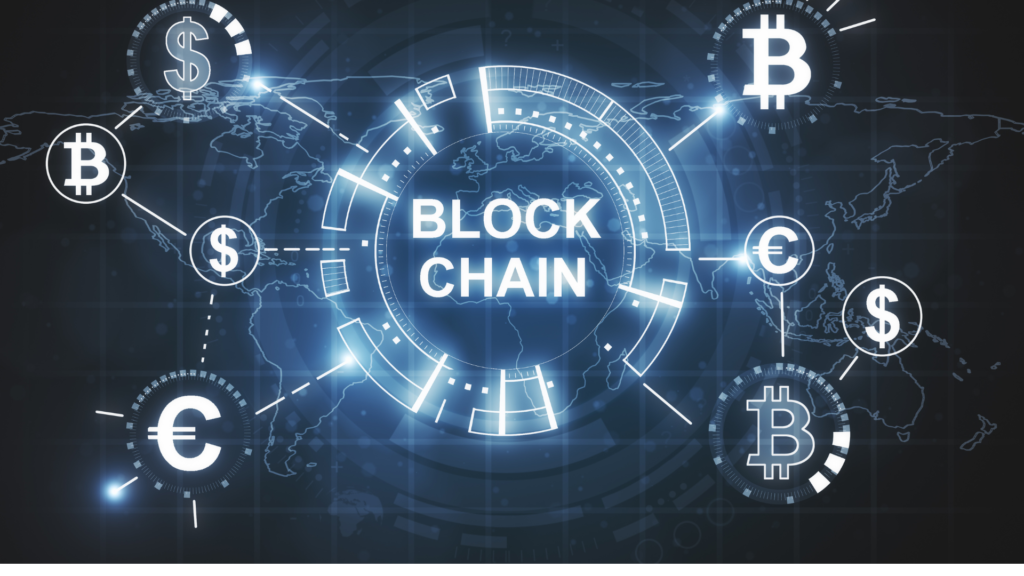In the dynamic world of blockchain technology, the question of who truly controls a network isn’t theoretical—it’s essential. Blockchain Governance models determine how decisions are made, how rules evolve, and who wields power. As networks grow in complexity and scale, the oversight of protocol changes, funding, and direction becomes increasingly important. Let’s explore how governance models in blockchain work, and more importantly, who holds the leash in practice.
What Is Blockchain Governance?
At its core, governance in a blockchain context refers to the rules, processes, and mechanisms that guide how the network operates and evolves. According to researchers, governance can be seen through six dimensions: formation and context, roles, incentives, membership, communication, and decision-making.
When you dig into public blockchain projects, governance covers everything from protocol upgrades and token issuance to changes in consensus rules and the allocation of treasury funds.
In short: governance tells us who decides, how they decide, and under what constraints. The promise of decentralized networks rests on the idea that control is distributed, but as we’ll see, the reality is often more nuanced.
The Spectrum of Governance Models
Governance models in blockchain vary widely and can be understood along a spectrum—from centralized to decentralized systems.
1. Centralized Governance
Centralized governance models place decision-making authority in the hands of a small group, such as founders, developers, or foundation boards. These systems enable quick updates and clear accountability but often compromise transparency and community participation. Centralized control may speed up innovation, yet it risks undermining decentralization, the very principle blockchain stands for.
2. Decentralized Governance
In decentralized governance, power is distributed among network participants. Token holders, validators, and community members all have a say in decision-making through voting mechanisms. This structure promotes transparency, resilience, and fairness. However, decentralized governance can become slow and inefficient, especially when reaching consensus across large communities.
3. Hybrid Governance
Hybrid governance combines the strengths of both centralized and decentralized models. For instance, a project might allow community voting for major protocol changes while leaving operational decisions to a foundation or council. This approach helps balance inclusivity with agility, enabling the network to evolve efficiently while keeping stakeholders engaged.
Who Really Controls the Network?
While blockchain networks aim for decentralization, the reality is that certain groups or individuals often hold more power. Understanding where true control lies requires examining the ecosystem’s main stakeholders.
1. Token Holders and Stakers
In many proof-of-stake systems, token holders have direct influence through voting and staking. Their votes determine protocol upgrades, validator selections, and treasury spending. However, large holders—often called “whales”—can dominate the process, leading to an imbalance of power. This concentration of voting rights challenges the very idea of democratic decentralization.
2. Validators and Node Operators
Validators maintain network security by verifying transactions and creating new blocks. Their collective decisions determine which version of the blockchain remains valid. If validator participation becomes concentrated among a few entities, those entities effectively control the network’s direction. The level of validator diversity is therefore a key indicator of decentralization.
3. Developers and Foundations
Behind every blockchain lies a core team of developers and a foundation or governing body that sets priorities. These groups often propose updates, fix vulnerabilities, and manage treasury funds. Their technical expertise and control over code repositories give them significant influence. Even if decisions are subject to community votes, developers often determine which proposals are possible in the first place.
4. Councils and Off-Chain Governance
Off-chain governance refers to the decision-making processes that happen outside the blockchain—such as through forums, community calls, or councils. Although these processes are informal, they shape the network’s future. In many cases, critical governance decisions are finalized during private discussions before ever reaching the blockchain for a vote.
Decision-Making Mechanisms
Blockchain networks rely on structured governance mechanisms to manage upgrades, resolve conflicts, and maintain trust. Among the most discussed models are on-chain, off-chain, and hybrid governance. On-chain governance means that proposals, discussions, and voting happen directly on the blockchain through smart contracts. Token holders can propose changes and vote transparently, with results automatically enforced by the protocol. This method provides clarity and accountability but can be slow and highly technical for the average user. In contrast, off-chain governance relies on informal discussions, community consensus, and decision-making outside the blockchain.
It often involves developer meetings, governance forums, and social platform discussions where influential players can shape outcomes. While faster, this model can lack transparency and accountability since decisions are often made behind closed doors. Hybrid governance, on the other hand, merges the strengths of both approaches. In this system, proposals are first refined off-chain through community debates and expert feedback, then formally approved through on-chain voting. This dual structure maintains inclusivity and transparency while improving efficiency, making it a preferred model for many evolving blockchain networks.
Governance Models in Action
1. Consortium Governance
In permissioned or enterprise blockchains, governance typically belongs to a consortium of organizations. They collectively decide on rules, membership, and network changes. While efficient, this model operates closer to traditional corporate governance than to blockchain’s decentralized ethos.
2. DAO-Based Governance
Decentralized Autonomous Organizations (DAOs) represent governance through smart contracts, where community members vote using tokens. DAOs aim to make decision-making fully transparent and automated. However, they still face challenges like low participation, high coordination costs, and dominance by wealthy members.
3. On-Chain Governance Networks
Some networks, such as Tezos and Polkadot, integrate governance directly into their protocol. Stakeholders can vote on updates, with approved changes automatically implemented. While this ensures transparency, it doesn’t fully prevent influence from large stakeholders or core developers.
4. Hybrid Governance in Practice
Many modern networks are adopting hybrid governance to balance inclusivity with operational speed. These systems rely on open community voting for major changes but allow executive teams or councils to handle urgent updates or emergency fixes.
Future of Blockchain Governance
Blockchain governance continues to evolve as networks experiment with new systems to enhance participation and accountability.
Emerging trends include “liquid democracy,” where users can delegate votes to trusted representatives, and governance analytics platforms that track participation and voting patterns. The next generation of governance will likely integrate artificial intelligence for improved proposal evaluation and fraud detection. As regulatory scrutiny increases, transparency and compliance will become central to governance design.
Ultimately, the most successful blockchain networks will be those that achieve equilibrium between decentralization, efficiency, and trust.
So, who really controls the network? In theory, everyone does. In reality, control often lies in the hands of those with the most tokens, validator power, technical knowledge, or institutional access. Governance defines the rules, but human behavior determines who truly leads.
Blockchain’s promise of decentralization depends on active participation, equitable token distribution, and transparent governance. Until those conditions are universally met, blockchain control will remain a balance between ideals and practical realities.
Frequently Asked Questions (FAQs)
1: What is the difference between on-chain and off-chain governance?
A. On-chain governance occurs through blockchain-based voting and execution mechanisms, while off-chain governance relies on discussions and decisions outside the blockchain environment.
2: Why is decentralization difficult to achieve?
A. Decentralization is hard because token ownership, validator operations, and developer influence often become concentrated among a few key players.
3: What are hybrid governance models?
A. Hybrid models combine both on-chain and off-chain mechanisms to achieve a balance between transparency and efficiency in decision-making.
4: How can token holders participate in governance?
A. They can vote on proposals, stake tokens, delegate their voting power, and join community discussions to influence network direction.
5: What is the future of blockchain governance?
A. The future lies in smarter, more transparent systems that combine automation, participation, and accountability to ensure fair and sustainable network control.




Pingback: Digital Identity on the Blockchain: A New Era of Trust - Your Partner in Tech Evolution